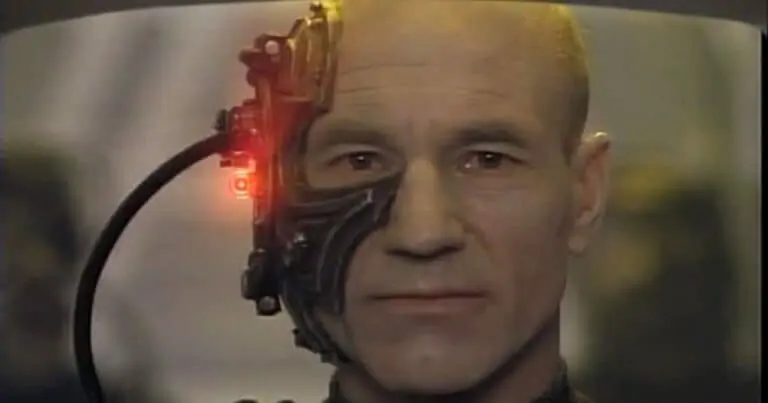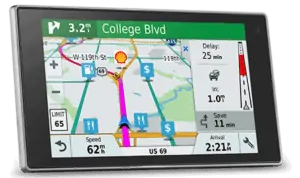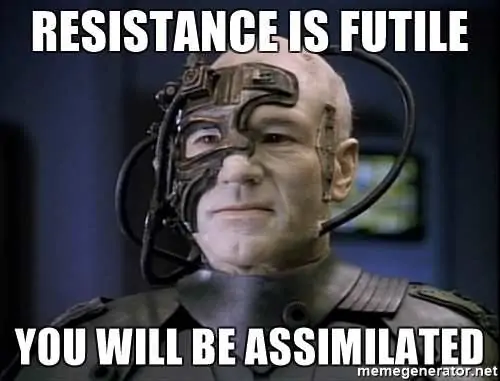I have a very good internal navigation system in my head. I hardly ever get lost, even in a city I visit the very first time. Sometimes my friends are surprised to see that I can still remember and navigate to a location where I dropped them off only once during college. However, the city I grew up is so different now. Traffic is heavy and new roads, new neighborhoods, and many more people cover the city.
Like any mortal man, I hate to ask for directions.
As much as I hate to use a navigation system out of pure ego, I reluctantly accepted to use it to get approximate driving times and alternative routes. Of course, it was only inevitable for me to start silently competing with the navigation system on my phone.
I enter my destination and the voice from the navigator app lady, Kate, comes up with:
“Route calculated!”
Then, a dreadful few second before I see how long my daily commute will take this time. Of course, I start arguing with Kate:
“You don’t know what you are talking about”,
“Why should I take the tunnel? Bridge is faster”,
“I do not want to use that part of town” and many more…
However, being very competitive and enjoying a good challenge, I start driving as I see fit rather than following the offered route. I hear many “Route is being recalculated!” as I drive to beat my navigation system, of course, within the limits of the law.
There are times when I arrive at my destination significantly earlier than the estimated arrival time. This is when my bias kicks in and I feel proud for few minutes, commit this instance to my memory and, later, conveniently remember only those times that I beat the navigation system.
However, my rational engineer-self kicks in and reminds me the evidence: statistically, the navigation system predicts my commuting route better than me. Well, I also recall that there is a mean machine behind that route calculation, void of any emotions, bias or clear preference, and it can crunch numbers faster than any mortal can do to accomplish the task of getting me to my destination in the fastest way possible.
A machine, in this instance, is a powerful server (or a cluster of distributed servers) in a chilled data center with no windows, collects traffic data, analyzes driver patterns, calculates distances and returns few alternative routes for you before you can say “three Mississippi.” As array of sensors around the city and the users’ phones feed these machines with new information, the results get better and better. Every week, my small victories against Kate, becomes less frequent and eventually will be a thing in the past.
A Navigation app may use specific machine learning algorithms to find the perfect route for us. However, the number of applications that touch our lives through machine learning are exploding, especially with specific investment in this area by giants like Microsoft, Google and Amazon.com. Just a few days ago, Amazon.com and NVIDIA announced a new machine learning software stack in the NVIDIA GPU Cloud (NGC), and a new 8 Volta GPU EC2 instance for immediate availability. This is an important milestone to simplify and lower the cost of machine learning development and deployment.
We already sign on to our devices using pattern recognition of a fingerprint or an iris or a face, use a personal assistant on our cell phone, choose a movie, pick a restaurant, find an alternative product, all based on recommendation engines powered by machine learning. These examples in the Machine Learning world will continue to grow faster than ever.
At Solvoyo, we use machine learning algorithms in the context of supply chain planning to…
…find clusters and patterns to predict demand in highly dynamic and price-sensitive markets, measure the effect of promotions, decide on markdown timing and price, provide product recommendations to e-commerce customers based on dynamic changes in brick & mortar data, create more efficient transportation routes, and automatically adjust planning parameters such as lead-times, demand and lead-time variability, target service levels, based on both actual data and future information.
In the end, machines are here to stay, to get cheaper and faster and to continue affecting many more facets of our lives. So, embrace the use of machine learning. If I must put it bluntly for the true Star Trek Fans out there:
Resistance is Futile!











